How to Clean Enameled Cast Iron So It Maintains Its Beauty

By Brooke Ressell
When it comes to whipping up the perfect meal, cooks nowadays are spoiled by all of the cookware options out there. With so many shapes, sizes, and bold colors on the market, enameled cast iron cookware can be just as much fun to shop for as it is to cook with.
Coated in a vitreous enamel glaze—which is created by fusing glass onto the metal surface of the cookware at extremely high temperatures—enameled cast iron skillets, grills, brasiers, and dutch ovens are incredibly durable and can be a staple in your kitchen for years to come. Plus, cleaning porcelain cast iron cookware is a cinch so you won’t be stuck in that soaking and scrubbing cycle you’ve come to hate.
Although many brands even claim to be dishwasher-safe, there are better options when it comes to cleaning enameled cast iron so that it stays just as nice as the day you bought it. Over time, dishwashing detergents can start to wear down the enamel, especially detergents with citrus in them, making your cookware more prone to rusting. And washing it in the dishwasher also puts it more at risk of getting scratched or chipped by your other dishes and metal utensils.
So if you’re ready to learn how to clean enameled cast iron the quick and easy way while also keeping it safe, let’s get started.
Photo via Shutterstock
How to Clean Enameled Cast Iron
When most people are ready to learn how to clean enameled cast iron for the first time, they often wonder whether or not their new products are dishwasher safe due to the time and convenience factor. While that’s a pretty important consideration when purchasing any new cookware product, you can actually clean enameled cast iron much faster in the sink and keep it looking nice for years to come. Plus, enameled cast iron pieces tend to be pretty big, so by washing them in the sink, you’re saving space in the dishwasher for more dishes.
Hand washing also makes it much easier to remove any of those pesky stains that have formed on the surface of your enameled cast iron cookware. You just need a few basic household products and a little elbow grease and you’ll be done in no time.
Tools and Materials Needed
- Rubber gloves
- Warm water
- Liquid dish soap
- Nylon scrubber or sponge
- Baking soda or another mild abrasive cleaner such as Bar Keeper’s Friend (if needed)
- Kitchen towel
Step 1: Allow Cookware to Cool
While it’s always best to clean cookware shortly after it’s used, make sure that you allow enameled cast iron cookware to cool completely before attempting to wash it. Enameled cast iron is very sensitive to extreme temperature changes, and the enamel can crack if it’s placed in cold water too soon after cooking.
Step 2: Place Cookware in Sink
Once you’ve verified that the entire surface of your enameled cast iron cookware is cool to the touch, gently place it into the sink.
Other dishware, including metal utensils, can scratch or chip the enamel layer off of your enameled cast iron cookware so it’s best to always wash it in the sink by itself.
Step 3: Put on Rubber Gloves
Place rubber gloves on your hands to protect your skin from hot water and to prevent them from getting dried out by dish soap. If you do need to use a mild abrasive cleaner to get more stuck-on food off, rubber gloves will also protect your skin from getting chafed and from coming into contact with any harsh ingredients.
Step 4: Fill Cookware With Warm, Soapy Water
Next, fill your enameled cast iron cookware with warm, soapy water. Check out our recipe for homemade liquid dish soap.
Step 5: Scrub Cookware
Then, wipe a nylon scrubber or sponge in a swirling motion to remove any food residue from the bottom and sides of your cookware. Do the same thing with the lid, if there is one.
Step 6: Rinse
Rinse the enameled cast iron cookware off with warm water.
Step 7: Scrub Stuck-On Food
If any food residue or stains remain, sprinkle a little bit of baking soda or another mild abrasive cleaner onto the cookware, wet your scrubber or sponge again, and begin cleaning the cookware until no food residues or stains remain. Then, rinse again.
Step 8: Dry Cookware
Use a clean kitchen towel to completely dry the enameled cast iron cookware and store it in a safe place. If you’re in a hurry and don’t have time to hand-dry, set the cookware to air dry on a drying rack away from other dishware and then store it. Make these cute herb-inspired kitchen towels at home.
Photo via Shutterstock
How to Clean Burnt Food Off Enameled Cast Iron
Kitchen accidents happen to everyone, like turning your back to the stove for just a minute and, next thing you know, your food has burnt onto the pan.
The good news is that cleaning burnt food off of enameled cast iron is quite an easy process. Just be sure not to get too carried away when scrubbing burnt food off your cookware and use the tools that we recommend.
Tools and Materials Needed
- Rubber gloves
- Water
- Long-handled silicone pan scraper
- Oven mitts or potholders
- Liquid dish soap
- Nylon scrubber or sponge
- Baking soda or another mild abrasive cleaner such as Bar Keeper’s Friend (if needed)
- Kitchen towel
Step 1: Allow the Cookware to Cool
After making a meal, allow your enameled cast iron cookware to cool completely before you begin. Like we mentioned above, failing to do so can actually lead to your cookware cracking, making it unusable.
Step 2: Fill With Tap Water
Once your cookware has cooled, fill it halfway with tap water from the sink, and then gently place it on the stovetop.
Step 3: Bring the Pot to Boil
Turn the stovetop on and bring the water in pot or skillet to a boil. Let the water boil for two to three minutes then turn off the burner.
Step 4: Use a Silicone Pan Scraper
Next, use a long-handled silicone pan scraper to scrape the burnt food off of the bottom and sides of the pot.
Silicone Pan Scraper Alternatives
Step 5: Empty the Pot
Once all of the burnt-on food has been dislodged, pour the dirty water into the sink. Use oven mitts or potholders to hold the pot handles, which will be hot.
Step 6: Fill the Pot
Put on your rubber gloves and in the sink, fill the pot with warm, soapy water.
Step 7: Wash the Pot
Take a nylon scrubber or sponge and wash the bottom and sides of the pot in a circular motion.
Step 8: Rinse the Pot
After cleaning the entire enameled cast iron piece, pour all of the dirty water down the drain and thoroughly rinse it out.
If any stains are present, sprinkle a small amount of baking soda or another mild abrasive cleaner and scrub at the stains with a wet nylon scrubber or sponge in a circular motion.
Step 9: Dry the Pot
Take a clean kitchen towel and thoroughly dry the entire pot or leave it out to air dry on a drying rack.
Step 10: Store the Pot
Place your enameled cast iron cookware back into the kitchen cabinet where you store it. Be sure not to place it near other items that can scratch or chip it. Check out our advice for increasing storage in your kitchen.
How to Remove Rust from Enameled Cast Iron
To clean enameled cast iron pots, skillets, brasiers, and dutch ovens, you’re typically just going to wash away any food residue or burnt-on food that remains on them with the methods we outlined above. But once in a while, you may also need to remove rust from your enameled cast iron cookware before you cook with it again, as rust is not safe to ingest.
While the enamel coating is naturally rust-free, cast iron is not. With that being said, from time to time, rust can appear near the rim or in any areas where the coating may have been scratched or chipped and the cast iron is exposed.
Fortunately, removing rust doesn’t have to be a time-consuming or difficult task. You can remove rust and prevent it from returning with these simple steps:
- Wash your enameled cast iron cookware in the sink with hot, soapy water and a nylon scrubber or brush as you would after cooking a meal.
- Rinse the cookware off, and then hand dry it with a clean kitchen towel.
- Rub a small amount of cooking oil, such as olive oil, onto the cookware with a paper towel or a silicone basting brush to prevent the rust from returning. The rust should wipe away.
- Store your cookware in a safe, dry spot.
Photo via Shutterstock
How to Prevent Enameled Cast Iron from Chipping
Because enameled cast iron cookware is so durable, the only concern you really may have with it over time is chipping. Chipped enameled cast iron cookware is still perfectly safe to continue using in the kitchen. After all, underneath the enamel layer is cast iron, which is also traditionally used to cook food.
But, of course, you spent a lot of time and money selecting the perfect enameled cast iron cookware, and you want it to stay looking nice without having to look at unsightly chips.
Here are eleven tips to prevent enameled cast iron from chipping in the first place:
- Take care not to drop your enameled cast iron cookware.
- Avoid putting the pot through extreme temperature changes.
- Don’t turn the heat on when the pot is empty.
- Try to cook foods at medium temperature.
- Refrain from using metal utensils while cooking with enameled cast iron.
- Allow the cookware to completely cool before washing.
- Only use nylon scrubbers or sponges to wash cookware—never use abrasive sponges or steel wool.
- To remove stuck-on food, use a silicone pan scraper—not metal.
- Store enameled cast iron cookware away from other cookware to prevent accidental scrapes.
- Do not stack anything on top of or inside of enameled cast iron cookware.
- Use a pot protector to keep lids and pots from rubbing together.
With a little upkeep, your enameled cast iron cookware can remain chip-free and last for a very long time.
Do you have any enameled cast iron care tips you’d like to share with us? If so, comment them below!




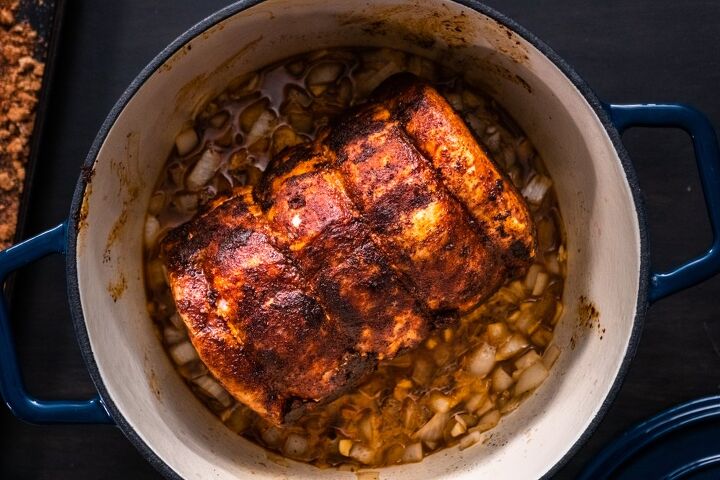


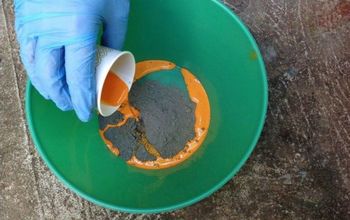
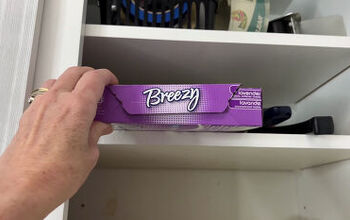

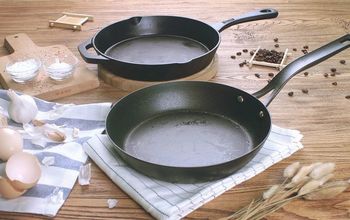
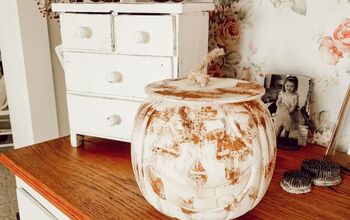
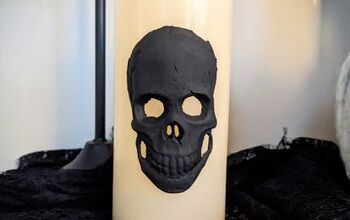

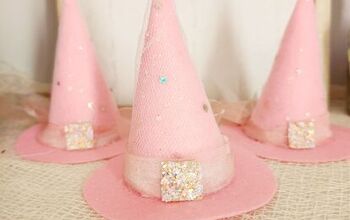








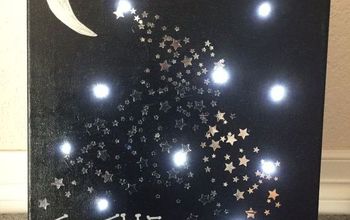

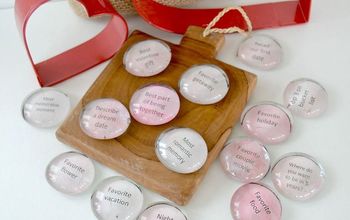
Frequently asked questions
Have a question about this project?